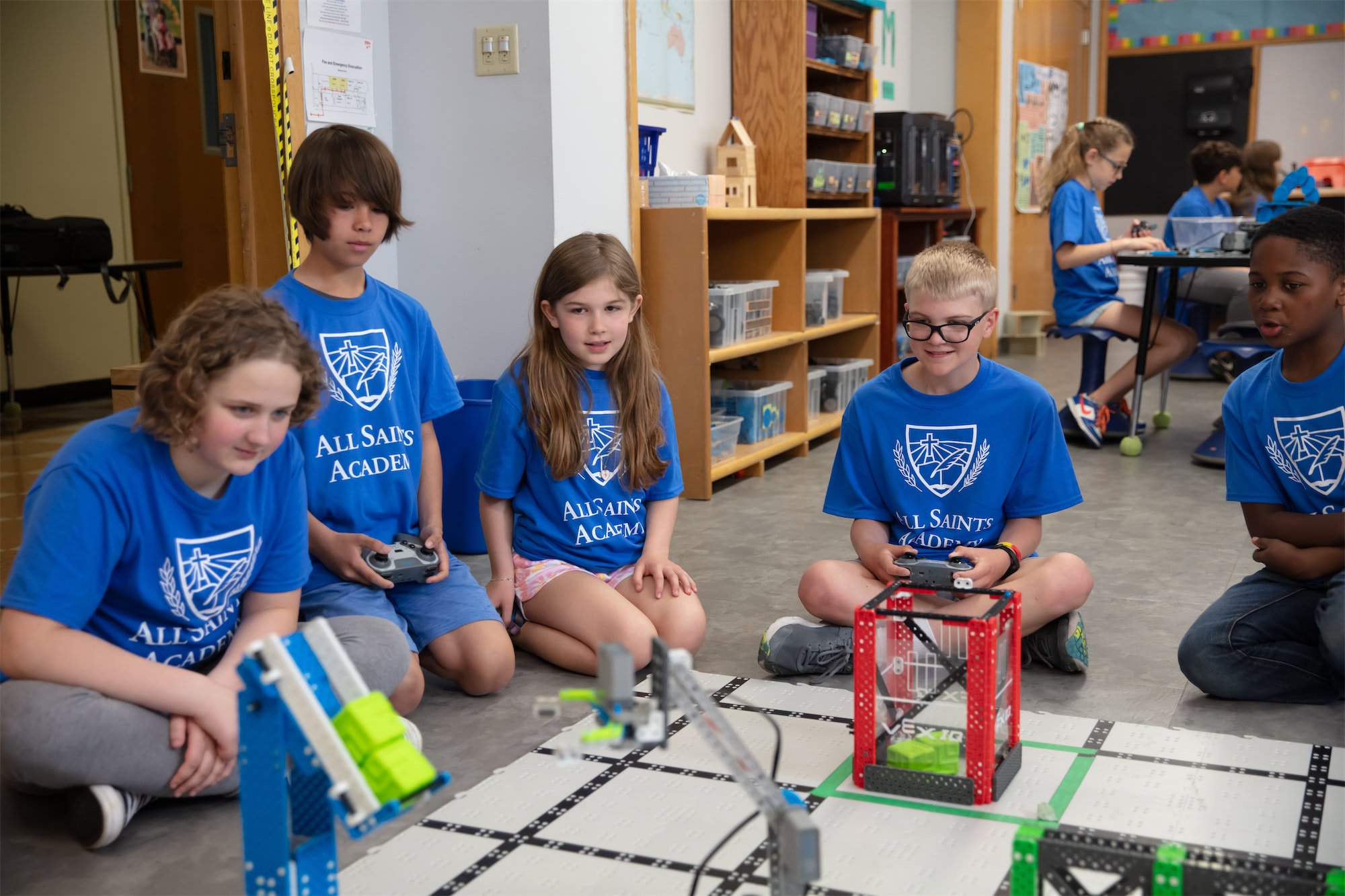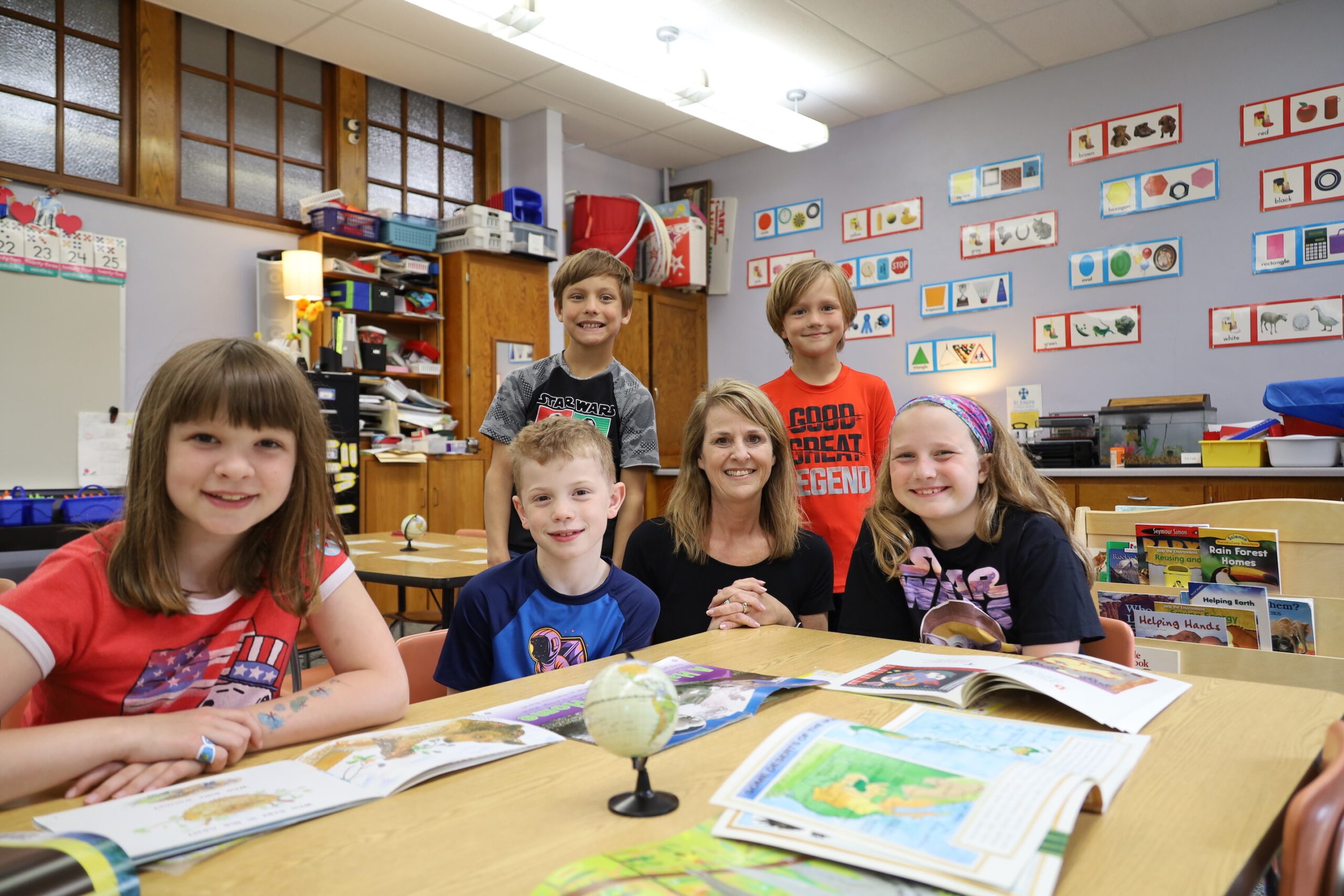St. Joseph, MN
(320) 363-7505
St. Joseph, patron saint of fathers, mothers, children, and workers, shows us that the greatest impact we can have in the world is in living with faith and devotion to God and each other. We ensure that every aspect of our day is built on serving and loving those in our community – here in the school, in our neighborhoods, and the world. Each family at our school feels our strong commitment to their children as soon as they walk in the door. Join us on this journey of faith and education to create a bright future together
-

Size
Approximately 16 students per class
One section of each grade
20 Teachers and Staff -

Features
Crusader Youth Sports, Music Specialist, Arts Specialist, Barton Reading Tutors, Study Buddy, Junior Achievement
-

History
Founded in 1926
Affiliated with St. Peter, St. Paul, and St. Joseph Parishes
Meet our Principal, Peggy Frederickson
Hi! I’m Peggy, the Principal at St. Joseph Catholic School.
St. Joseph Catholic School is a vibrant school community, where academic excellence, faith formation, and a strong sense of family come together to nurture our students. We believe in educating the whole child—mind, body, and spirit. Our commitment to this holistic approach ensures that every student is prepared to thrive both academically and spiritually.
I am supported by a wonderful team of dedicated teachers and staff who share in this mission. Together, we work tirelessly to create a learning environment where students grow not only in knowledge but also in their faith—a faith they will carry with them throughout their lives. Whether in the classroom, on the playground, or through service opportunities, our students are encouraged to live out their values daily.

What Our Families Say
Ready to get in touch? We can’t wait to meet you!
If you have questions about whether St. Joseph Catholic School is the right fit for your child, we'd love to hear from you. Fill out our inquiry form to get started. Our principal will get in touch with you to answer your questions and schedule a tour of our beautiful school.






